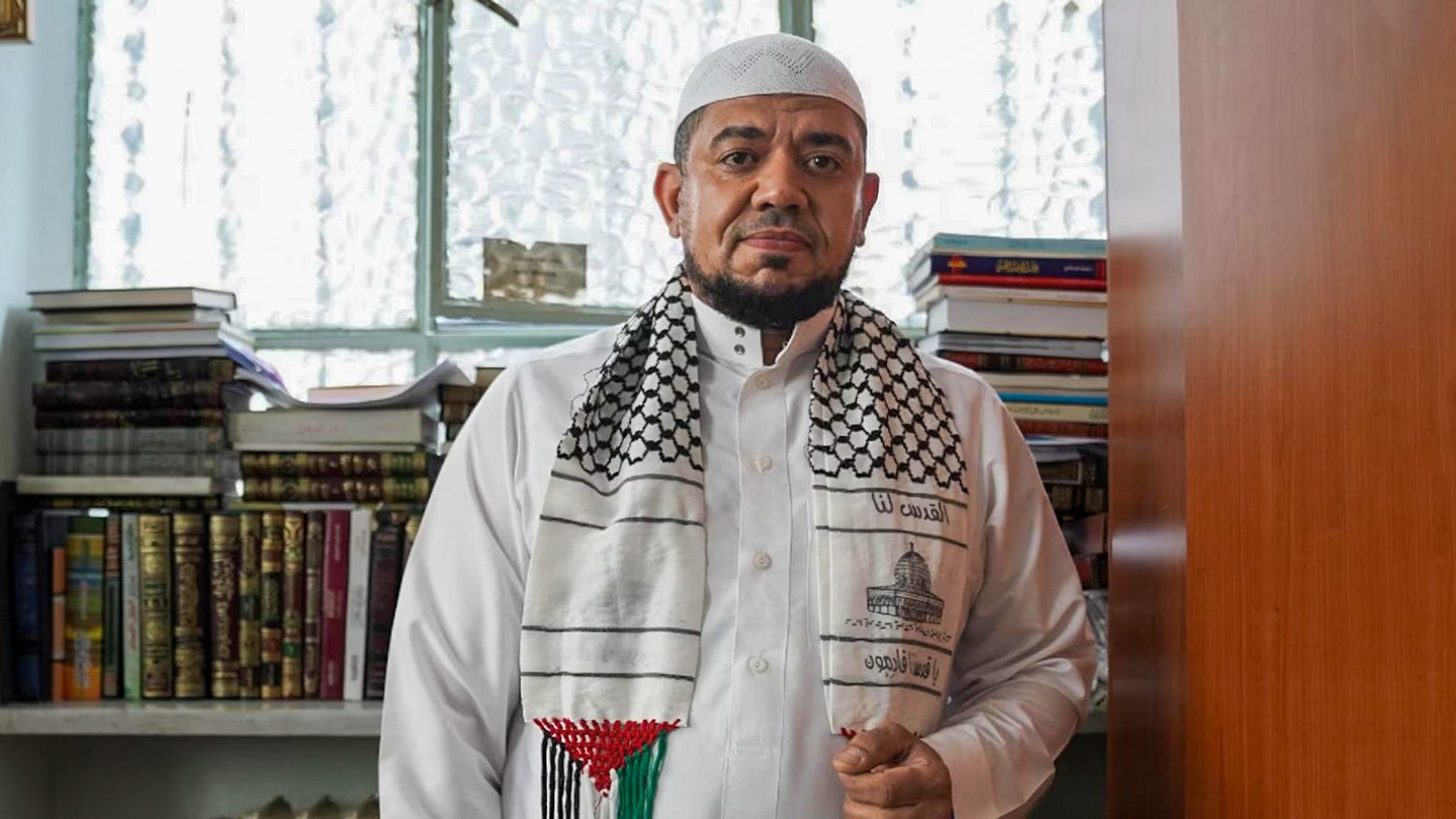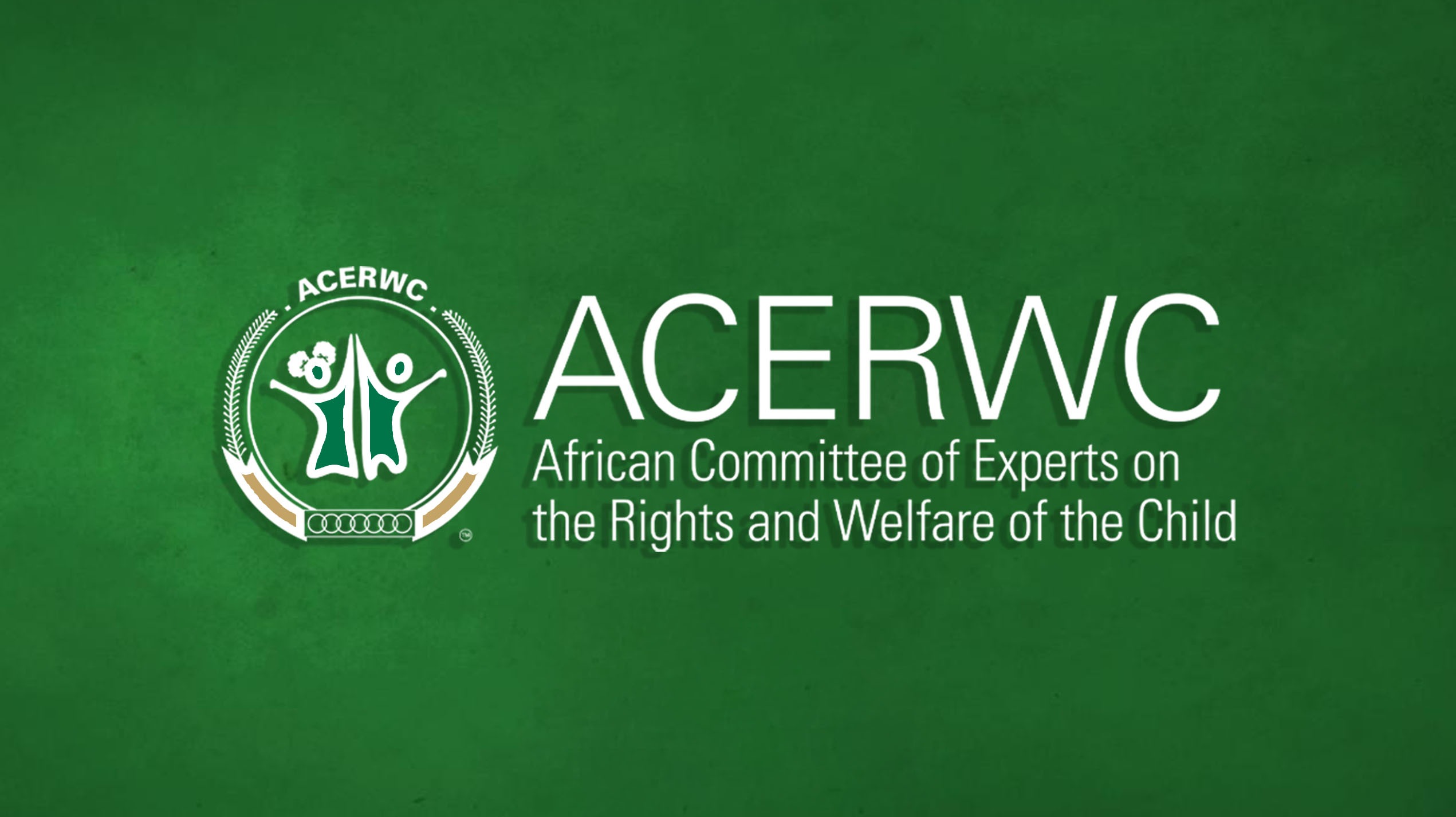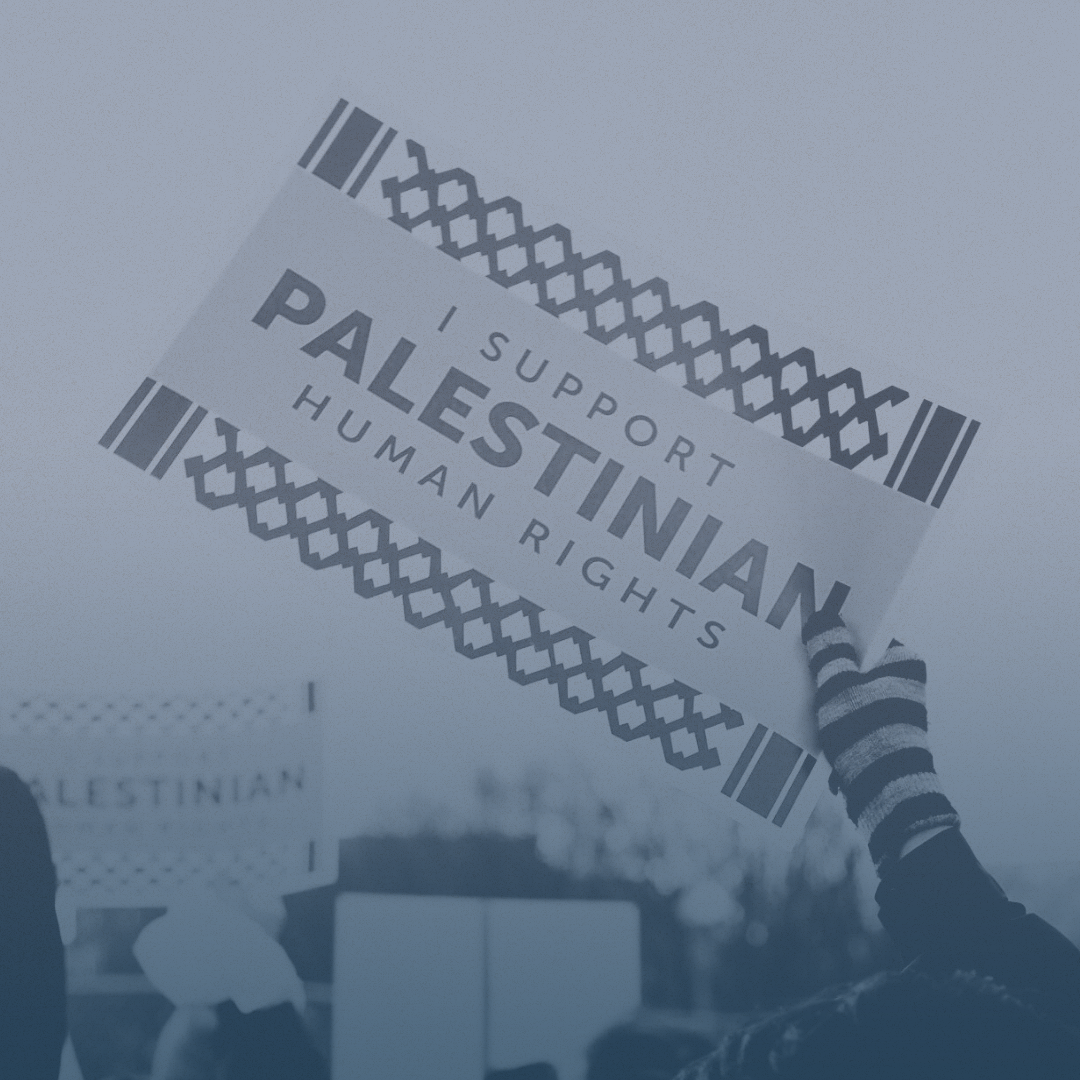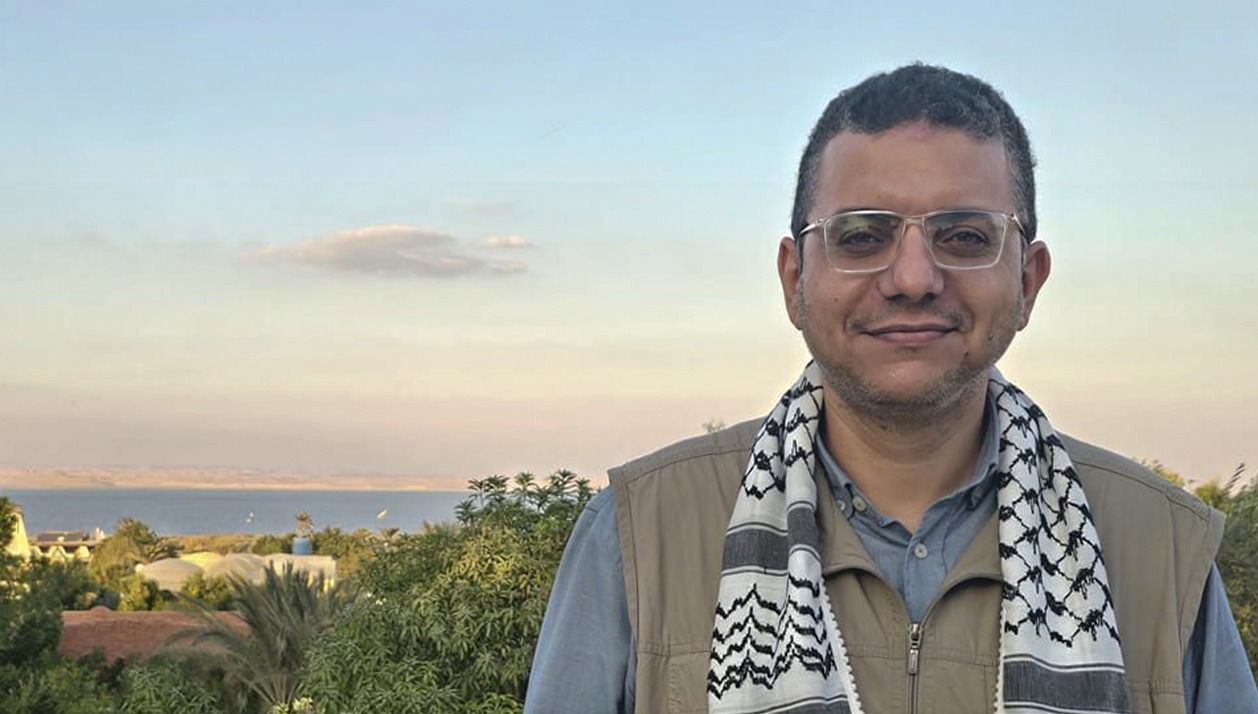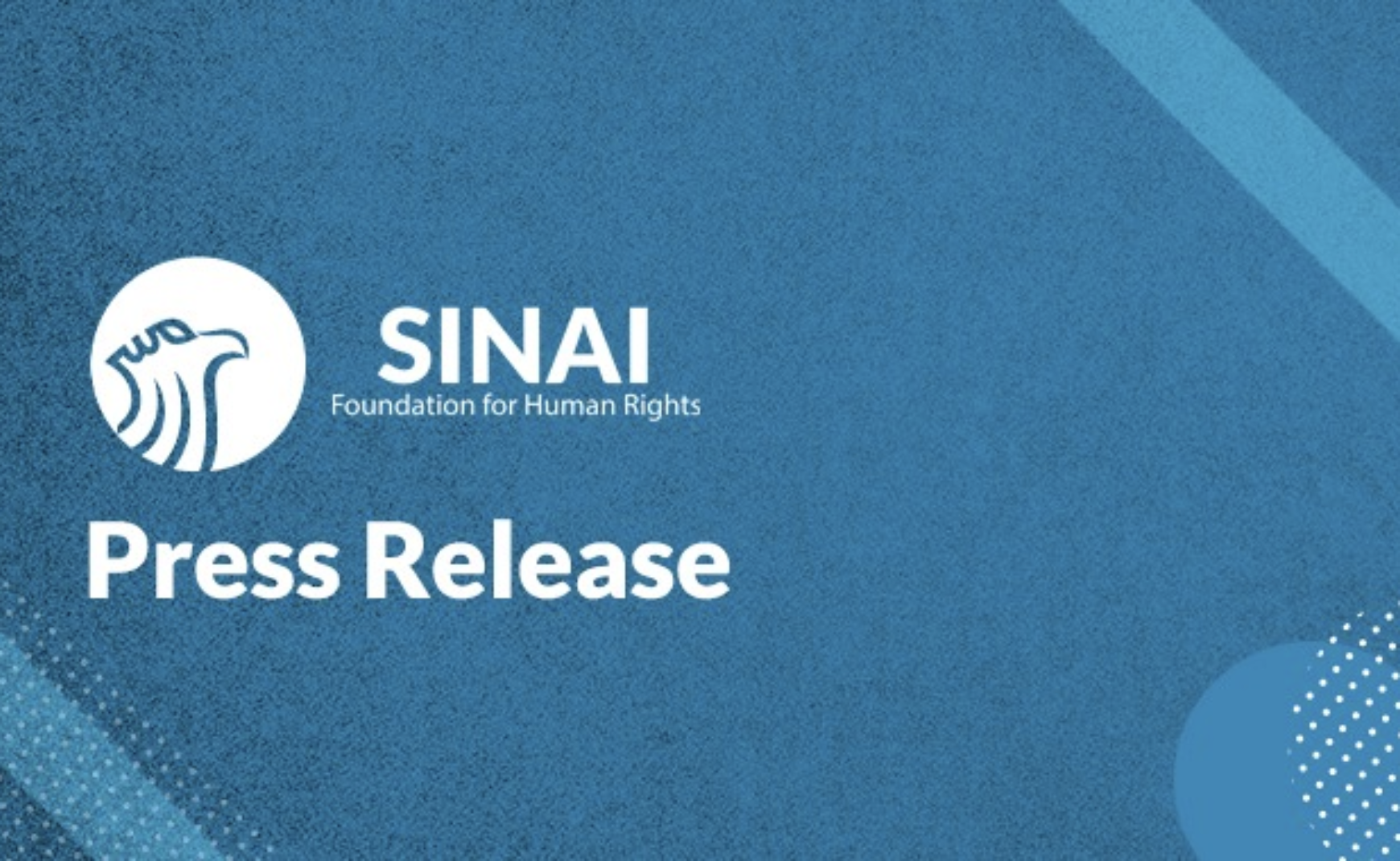
North Sinai governor’s statements on the “sale” of New Rafah: A new insult to the forcibly displaced
The Sinai Foundation for Human Rights described North Sinai’s governor, Major-General Mohamed Abdel-Fadhil Shusha’s latest statements made on 5 June 2021 about the policy of housing in buildings in what is called “New Rafah” as “shocking”. The statements show that the government plans on selling those residential apartments instead of giving them to displaced citizens free of charge in place of their destroyed homes. Those statements show that the Egyptian government is determined to undermine the lives and rights of tens of thousands of forcibly displaced citizens from the towns and villages of North Sinai through failing to offer suitable compensation and alternative housing, and unfairly ignoring all assurances granted by the International Human Rights Law against forced displacement.
Major-General Mohamed Abdel-Fadhil Shusha made his statements during an inspec- tion tour in the area of al-Sabil in western al-Arish, when a number of citizens displaced from Rafah asked him questions about the possibility of their return to their villages. This happened in the presence of many local reporters, and a part of the conversation can be seen in a video uploaded on the official page for North Sinai province public relations and media.
The Sinai Foundation director, Ahmad Salem, stated: “Investing in the suffering of for- cibly displaced persons, and financially profiting from their accommodation instead of providing them with quick and appropriate compensation after 8 years of eviction and demolition campaigns is a shocking and rude violation that is to be added to the current Egyptian government’s record of stepping on the rights of Sinai citizens.”
Governor Abdel-Fadhil Shusha’s statements made on 5 June 2021 shed a light not only on the continuation of unjustly ignoring citizens’ rights, but also investing in their suffer- ing for financial profit. The governor said when answering a question about the down payments on housing units in New Rafah that a deposit must be made, and that “nothing is for free”.
The governor’s statements show that the units would cost a lot of money, as he said that the housing mechanism would not be like that of housing in social housing buildings in al-Arish, where the government allowed some evicted citizens to rent around 1100 hous- ing units (apartments) in 2020 for government subsidized prices.
What is called the city of “New Rafah” is located in eastern al-Sheikh Zwayed on the in- ternational road connecting Rafah and al-Arish by the area of al-Wifaq. The government announced “New Rafah” in 2015 as a housing project for citizens evicted from their hous- es in Rafah. However, no housing units have been handed over to citizens until now. The authorities have also not declared how to get an apartment in those buildings.
The governor also said that the “priority” for living in those apartments would be given to Sinai citizens evicted to other governorates like al-Sharqia, Cairo, and Ismailia. Never- theless, his statements seem to also mean that the housing units in New Rafah would also be available to whoever could pay for them, which means that the government is dealing with New Rafah as an investment project, not a mechanism to compensate affected and displaced persons.
“Mansour”, a citizen evicted from one of the villages of Rafah, told the Sinai Foundation for Human Rights: “The information circulating between the locals is that the down payment for a housing unit is 70 thousand Egyptian pounds. Where can I get that much money? I’m from the village of al-Taira, and hundreds of others like me were evicted 4 years ago and our houses de- molished, and we did not receive any compensation, not even one pound. I lost my own source
of income after my farm was razed, and of course I was not compensated for my farm same as the house. Even those who were compensated for the demolition of their houses in Rafah can’t afford an apartment in New Rafah after all those years of paying expensive rent and covering their families’ expenses.”
The governor stated in his speech that around 84 residential buildings were completed in New Rafah, with a total of 1344 residential units. 41 of those buildings are ready, with a total of 656 units, and 43 are still under construction, with a total of 688 units. He added that, during the first phase, the construction of 200 Bedouin houses is planned, but they would also need to be paid for to be owned, and he did not clarify when the housing of citizens would begin.
The government announced New Rafah for the first time in 2015, in the face of the ris- ing criticism of displacement and forced eviction of the people of Sinai, claiming that the displaced would be housed in this new town. The Cabinet of Egypt released resolution 2021 for the year 2015 (issue 13 August 2015 of the official paper) allocating about 535 feddans for the construction of New Rafah, yet the cornerstone for the project was not laid until 2018.
President al-Sisi admitted in his statements that work on the city was delayed due to security circumstances. Official talk about this project by government and military offi- cials, as well as unofficial media, increased during the past years, painting it as the mag- ical solution for displaced persons. However, this attention and media marketing totally contradicts the governor’s latest statements, which show that the project is completely a matter of investment. This media propaganda also contradicts the scale of achievements on the ground, as what has really been accomplished is close to half the first phase of the project, 41 residential buildings, and that 43 buildings are still in the finishing stages.
According to data from the Central Agency for Public Mobilization and Statistics pub- lished in 2017, the number of citizens of Rafah – which has been almost completely de- molished – was about 75537, and the number of families was 16770. Therefore, 6 years after the government’s announcement of New Rafah, the expected accommodation rate of the forcibly displaced population from Rafah within the new city will not exceed 9% of all families.
The video clip published by the governorate of North Sinai shows a local citizen com- plaining to the governor that he has not been financially compensated for his house in the buffer zone till now and asking the governor about the possibility of exchanging that compensation for a residential unit in New Rafah. The governor completely ignored him, saying “that’s not going to happen”. That is despite the reliable human rights reports, the last of which was from Human Rights Watch in cooperation with the Sinai Foundation for Human Rights in March 2021, which pointed to the fact that thousands of displaced Sinai people did not receive any compensation, and that the compensations received by some were not enough.
The governor also said that what is called “Bedouin developmental communities” in cen- tral and southern Sinai will be available for all Egyptians, not only people of Sinai, which makes it more obvious that these projects are investments that the government is aiming to make a win off of, instead of being services offered to the people of Sinai who have been exhausted by a war since 2013 that destroyed sources of income of thousands of them. That severely contradicts the statements made by President al-Sisi about those projects that he mentions in the context of residential alternatives for the people of Sinai, taking for example a speech given by President al-Sisi in October 2019 where he refused to recognize forced evictions, untruly saying that all those displaced were compensated.
President al-Sisi said: “We really did evacuate, but we didn’t leave the people to fend for themselves and we are building completely new towns like New Rafah, saying come live here, and building more and more. The Bedouin communities we’re building, which are almost done, are ready for you to go and live there. 26 compounds, 14 of which in southern Sinai, and 12 in northern Sinai. A compound has water wells, farmlands, and houses built in the way that our people in Sinai like to live.”
The government’s performance in executing the architectural design of the New Rafah project also contradicts what the people of Sinai are used to, and especially the areas of Rafah and al-Sheikh Zwayed, when it comes to living in bedouin homes between the ex- tended family or tribe in independent units surrounded by a (yard) or farmland. A study conducted by the Specialized Council for Community Development, as instructed by the President al-Sisi in a statement issued by the Presidency of the Republic in November 2014, it reached conclusions through checking the mechanisms of execution of the pro- ject of constructing “New Rafah” as a civilized, integrated urban society that achieves sustainable development for the people of Rafah, one of which is the proposal of creating an integrated and modern urban community in North Sinai that maintains the social and financial aspects, and the cultural identity of the people of Rafah.
Nevertheless, what is known about the project through satellite imagery and exclusive videos we obtained of the current constructions, show that the residential towers with relatively small units (apartments) form 96% of the total of the project, while Bedouin houses form only 4%, which is a total disregard to the cultural identity of the local com- munity and its customs and traditions, and reflects the government’s failure to conduct serious community dialogue with the locals.
The Egyptian authorities must understand the severity of resorting to forcibly evicting citizens, demolishing their homes and farms, destroying their sources of income with the claim of fighting terrorism. In addition to their apparent failure to offer the displaced citi- zens opportunity to find new chances at life in the areas they moved to, and not appropriately compensating them, financially or morally. The International Law necessitates the return of evicted locals to their lands once the circumstances allow it. The authorities also must offer financial and moral compensation in advance, and not years after the eviction. Land must also be compensated by a similar land or one in a better condition, and not only by money. The International Law also clearly states that compensations must cover all financial, societal, and moral losses borne by the people due to the eviction.
Recent Posts
Most viewed
Related Postes
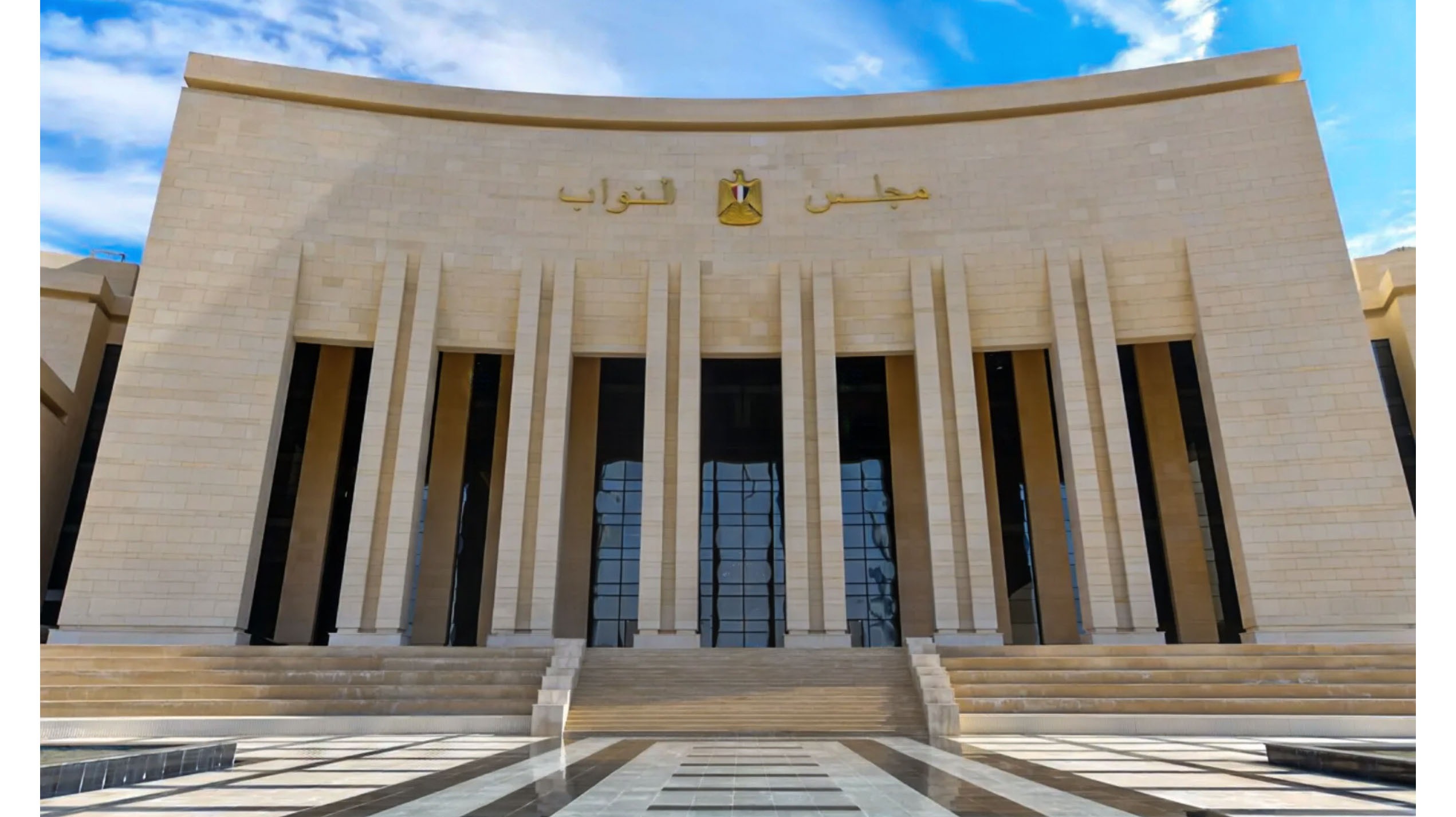 English content
English content

